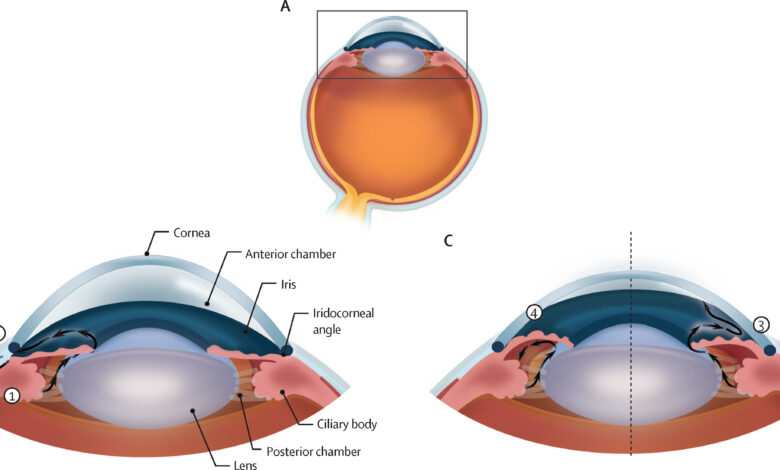
In the digital age, advocacy for social causes has evolved significantly, and the world of blind charities is no exception. Historically, organisations supporting the visually impaired have relied on traditional methods of outreach and fundraising. However, as technology continues to shape society, digital exposure has become an essential tool for ensuring the longevity and effectiveness of these charities. This article explores why digital exposure is crucial for the future of blind charities and how it can amplify their mission in the modern world.
The Growing Importance of Digital Presence for Blind Charities
As society becomes more digital-first, a robust online presence is no longer optional. Blind charities, like all non-profits, need to embrace digital tools to expand their reach and advocacy. Websites, social media platforms, and digital marketing offer unprecedented opportunities to connect with a global audience.
Why digital exposure matters:
Wider Reach: With the internet, blind charities can reach a broader audience beyond local communities, including international donors and advocates. A well-optimized website and social media presence provide opportunities for visibility on a global scale.
Engagement with Younger Audiences: The younger generation, including millennials and Gen Z, are digital natives. They engage with causes online, and charity organizations must connect with them where they are—on social media platforms like Instagram, Twitter, and TikTok.
Building Awareness through Content and Advocacy
The future of blind charities depends on their ability to create relevant, engaging content that speaks to their audience. It’s no longer enough to just have a website—charities must utilize content marketing strategies to educate the public about visual impairments and advocate for change.
Key elements of effective digital content:
Educational Resources: Websites should be filled with informative content that explains the challenges faced by the blind community, the solutions the charity offers, and how people can get involved. Blogs, videos, and infographics are excellent ways to break down complex issues into accessible formats.
Success Stories and Testimonials: Sharing real-life stories of individuals who have benefited from the charity’s work helps build trust and emotional connections. Video testimonials or written case studies can humanize the cause and make it relatable.
Social Media Advocacy: Platforms like Twitter and Facebook allow charities to mobilize supporters in real time. Hashtags, viral challenges, and campaigns can quickly gain traction and spread awareness. Engaging with supporters directly through comments, messages, and live-streamed events creates an inclusive community around the cause.
Fundraising in the Digital Era
One of the most immediate benefits of digital exposure for blind charities is the opportunity to raise funds more effectively. Traditional fundraising methods such as events and direct mail campaigns still have value, but digital fundraising offers significant advantages.
How digital exposure enhances fundraising:
Online Donation Platforms: Websites and social media platforms provide seamless avenues for collecting donations. Tools like GoFundMe, PayPal, and even cryptocurrency donations enable people to give from anywhere in the world with just a few clicks.
Peer-to-Peer Fundraising: Digital tools allow individuals to create their own fundraising pages and share them with their networks. This peer-to-peer fundraising model can amplify donations exponentially and increase visibility.
Crowdfunding: Charities can launch crowdfunding campaigns that tell a compelling story about their mission. When shared across social media, these campaigns can raise significant funds and attract attention to the charity’s goals.
Accessibility: Making Digital Spaces Inclusive
For blind charities, the website and online presence need to be fully accessible to individuals with visual impairments. This is not just about adhering to regulations but also about ensuring that the digital space is genuinely inclusive.
Tips for improving digital accessibility:
Screen Reader Optimization: Websites must be built with screen reader compatibility in mind, using proper HTML tags and descriptions for images and media files. Alt text should be used for every visual element to ensure the site is fully accessible.
Mobile Optimization: Many visually impaired users access websites through mobile devices. Ensuring that a website is mobile-friendly and can be easily navigated by assistive technologies will ensure accessibility.
Audio and Video Content: Offering audio descriptions for videos and podcasts can enhance the user experience for those with visual impairments. These resources help create a more inclusive digital environment.
Conclusion: The Future is Digital for Blind Charities
The digital world presents boundless opportunities for blind charities to expand their reach, raise awareness, and increase donations. Digital exposure enables charities (check out livingpaintings.org) to engage with diverse audiences, create impactful content, and facilitate seamless fundraising. Moreover, creating accessible and inclusive digital spaces ensures that the blind community itself benefits from these technological advancements.